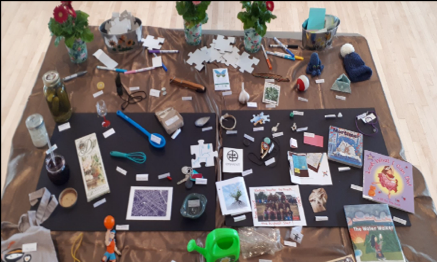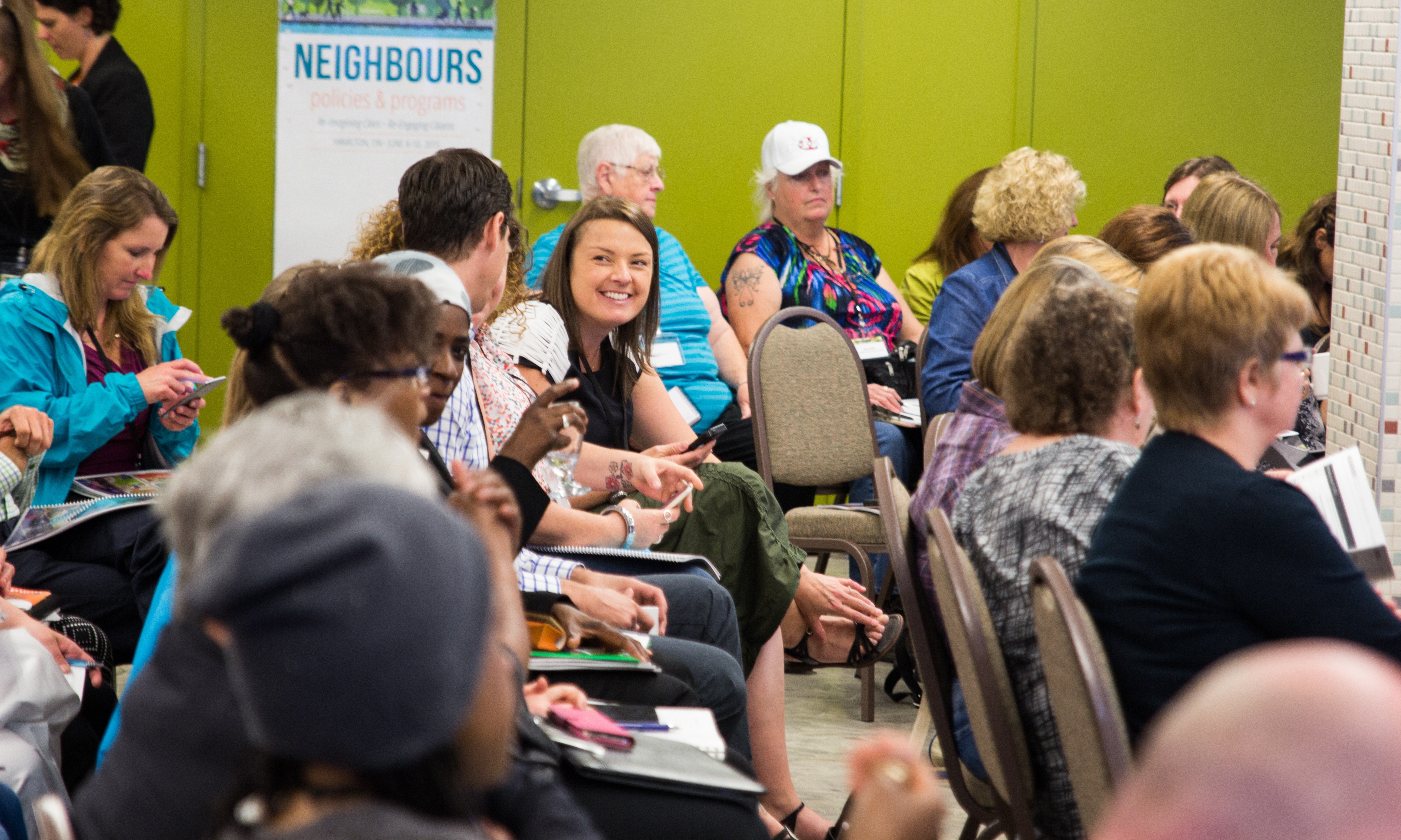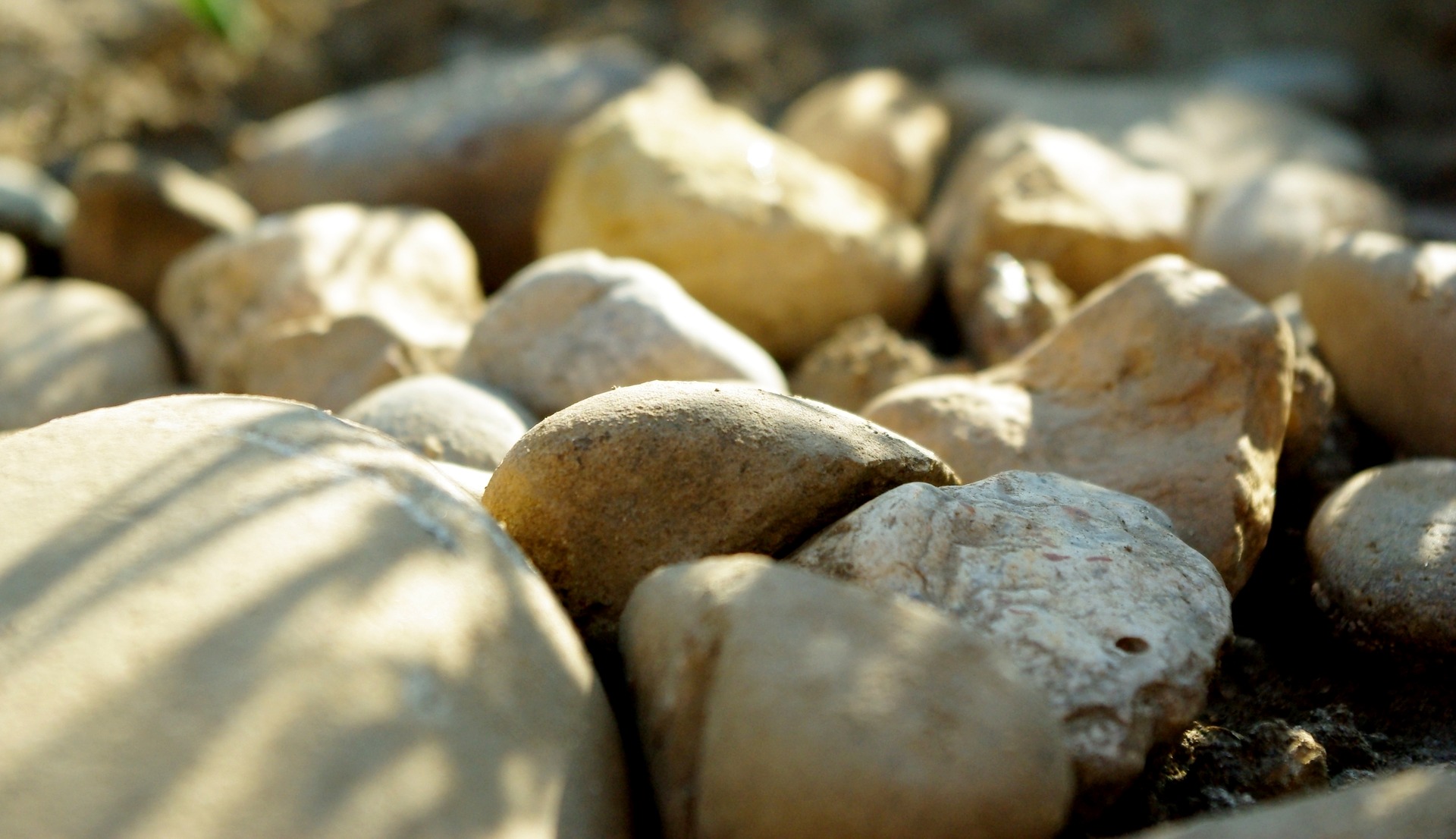Over the past three decades, there has been a shift in how we connect with one another. Today, people report fewer informal social ties, decrease in tolerance and trust, and an eroding political and civic engagement atmosphere in our communities. Robert Putnam’s book Bowling Alone: the Collapse and Revival of American Community suggests that our overall experiences of being in community have been steadily declining since the 1960s. Research by Holt-Lunstad et al. suggests that social isolation has serious negative consequences for our health and well-being – the impact is likened to smoking 15 cigarettes a day. Building communities that bring residents together and help them feel a sense of belonging and connection are more likely to live longer, be healthier, be happier, and act for the common good.
While municipalities have traditionally focused on the built components of a neighbourhood - paving sidewalks and roads or building houses, parks and arenas - cities across Canada are now realizing that city building also includes the people who live, work and play in each neighbourhood.
Read More







